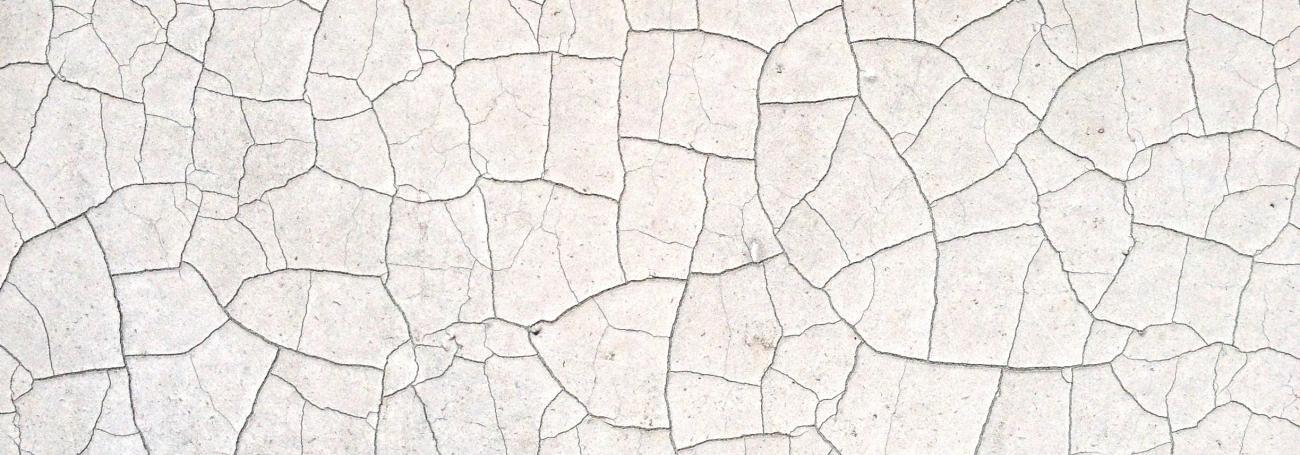For Europe, the recent history – or ‘re-birth’ - of restorative justice started in the 1960s-1970s. The debate on how the consequences of an offence could be faced and resolved by those immediately involved (the victim and the offender) started in the late sixties when concrete proposals for innovative projects related to conflict handling were formulated in various European countries. This was around the same time that the first experiments with victim-offender mediation were set up in Canada and the U.S., and from this first period both regions have clearly inspired each other.
Whereas in various Anglo-Saxon countries restorative justice mainly, but not exclusively, further developed in the form of ‘family group conferences’ or ‘community conferences’, in European countries, ‘victim-offender mediation’ (or ‘penal mediation’) became the predominant model. The present form of victim-offender mediation came into existence in the 1980s. A first pilot project was started in Norway in 1981 and Finland followed two years later. In Austria the model was called ‘out-of-court offence resolution’ and was introduced nationwide first in juvenile courts (1988) and later also in the context of criminal procedure. In England, after small-scale experiments from 1979 onwards, the government funded and researched some projects from 1985-87, but they did not expand nearly as rapidly as in Germany, which started at about the same time and counted over 400 services in the late 1990s. In France, where relevant initiatives also began in the mid-1980s, mediation was linked from the outset with victim support, although later restorative justice also developed more explicitly as part of community sanctions to offenders. Belgium is another example of a country where, in the beginning of the 1990s, restorative justice was initiated starting from research on victims’ needs, mainly for more serious crimes. These developments in Europe – mainly in the 1980s and 1990s – make clear that restorative justice emerged differently in various environments, depending on the institutional context where projects were set up: from an offender or probation oriented perspective (Austria, England, Germany), from a victim support perspective (France and Belgium) or from a more neutral and local governmental perspective (Norway, Finland). Later on, as we will see, other countries completed this varied European landscape.
Initially, victim-offender mediation in Europe showed a rather slow development, and the same applies for restorative justice in general. Although experiments were deemed positive, not least by the victims and offenders involved, the movement did not immediately receive widespread support. The approach was very new within the culture of legal professionals and criminal justice policy makers. In most countries more than a whole decade had to pass in order to develop a practice of some significance. The creation of a legal framework in various countries provided an important impetus, but did initially not always cause the hoped for breakthrough. Although the number of cases dealt with through mediation remained modest, from a qualitative point of view however, many small-scale experiments and national programmes provided conclusive evidence that this way of responding to crime indicated a strong innovative potential.
Towards the end of the 1990s, the number of mediation programmes and the amount of cases dealt with on an annual basis had grown steadily. Besides the European countries already mentioned, other jurisdictions started programmes in the meantime. Northern Ireland became an example of how a conference model could become mainstream in the juvenile justice system, while also Scotland and Ireland started innovative programmes in the 1990s. The same applies to Poland, with important legislative initiatives in the same period, both in adult criminal law and juvenile justice. Also the Czech Republic adopted a model of mediation, inspired by its Austrian neighbour. Albania developed a community oriented model of conflict resolution from the early days in the 1990s. Denmark, Sweden and the Baltic states followed in a somewhat less assertive way, which has also been observed in some Central and East European countries including Switzerland, Slovenia, Slovakia, Hungary, Bulgaria, Romania and Turkey. A special position has been taken by several South European countries such as Portugal, Spain, Italy, Croatia and Greece, where innovative and creative projects have been started at the local level but which were often slowed down by a lack of legislative basis or national policies. Finally, after 2010, countries as The Netherlands have strongly expanded their restorative justice programmes and policies, whereas more recently East European countries including Georgia have implemented programmes and adopted legislation in the field of restorative justice. For the time being, there seem to be more isolated initiatives in countries such as Ukraine, Belarus, Moldova and Russia, although regional cooperation in this part of Europe now becomes effective as well.


